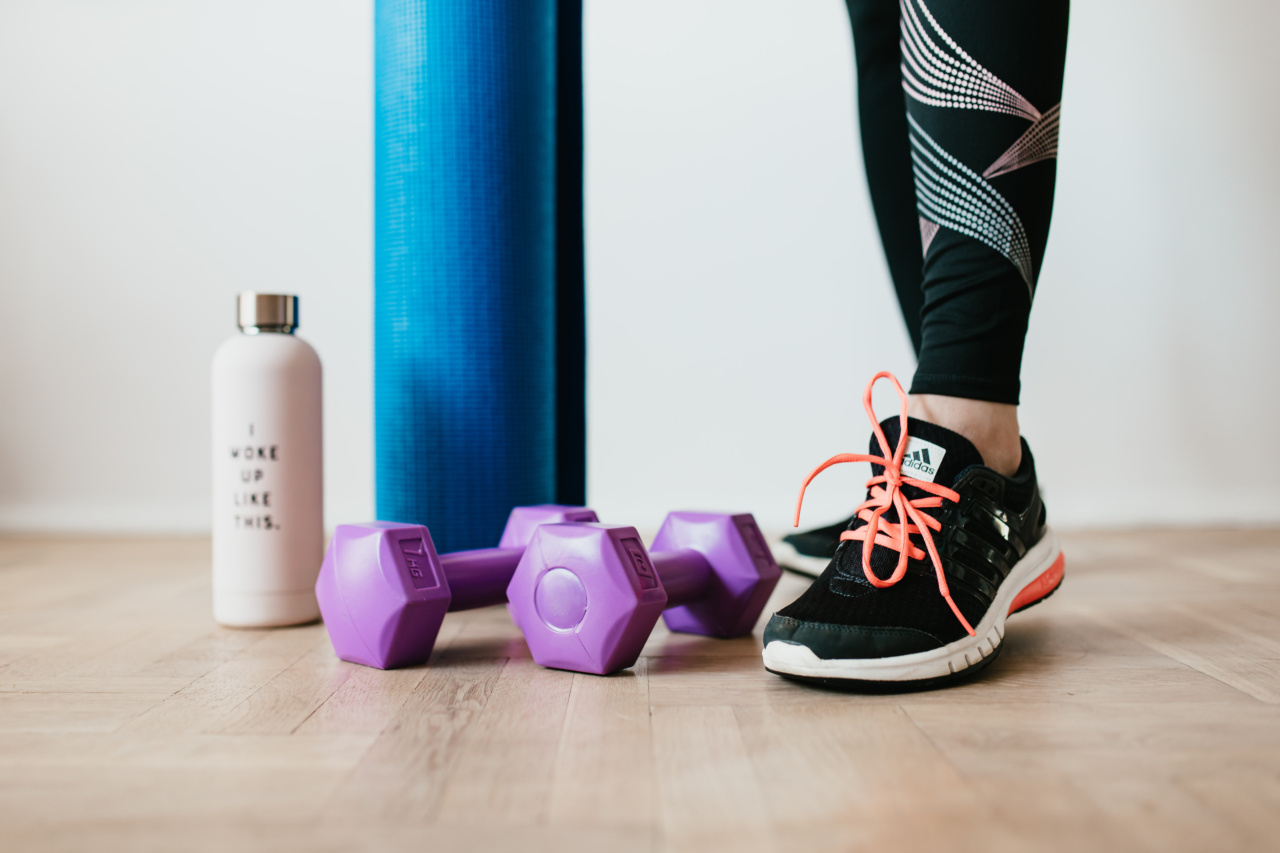Regular exercise is vital for maintaining good health and well-being.
It is recommended that adults aim to get at least 150 minutes of moderate-intensity exercise per week, which has been shown to reduce the risk of chronic diseases such as heart disease, stroke, diabetes, and some cancers.
How to Get Fit Without Breaking the Bank
One of the biggest barriers to regular exercise is the cost of gym memberships or expensive exercise equipment. However, there is a cheap and effective gym accessory that can help you get fit without breaking the bank – resistance bands.
What are Resistance Bands?
Resistance bands are stretchy, elastic bands that come in a variety of lengths, strengths, and thicknesses.
How Do Resistance Bands Work?
Resistance bands work by adding extra resistance to your workouts. They are particularly useful for targeting specific muscles and can be used in a variety of exercises such as push-ups, squats, rows, and pull-ups.
They can also be used for stretching and mobility exercises to help prevent injury.
The Benefits of Resistance Bands
There are many benefits to using resistance bands, including:.
- Improved strength and muscle tone
- Increased flexibility and range of motion
- Improved posture and body alignment
- Reduced risk of injury
- Convenience and portability – resistance bands are lightweight and easy to carry, making them perfect for home workouts or when traveling
- Cheaper than traditional gym equipment
What Types of Resistance Bands are Available?
There are a variety of resistance bands available, including:.
- Looped resistance bands – these are small, circular bands that can be used for a range of exercises including squats, lunges, and leg lifts
- Tube resistance bands – these are longer bands with handles that can be used for upper body exercises such as bicep curls, rows, and shoulder presses
- Fabric resistance bands – these are wider, flat bands that can be used for lower body exercises such as leg lifts and glute bridges
How to Incorporate Resistance Bands into Your Workouts
Resistance bands can be incorporated into a range of workouts, from strength training to stretching and mobility exercises. Here are some ideas:.
- Use looped resistance bands for leg exercises such as squats, lunges, and leg lifts
- Use tube resistance bands for upper body exercises such as bicep curls, rows, and shoulder presses
- Use fabric resistance bands for lower body exercises such as glute bridges
- Use resistance bands for stretching and mobility exercises such as hip openers and shoulder stretches
Conclusion
Resistance bands are a cheap and effective gym accessory that can help you get fit without breaking the bank. They are versatile, convenient, and can be used for a range of exercises and workouts.
Don’t let the cost of a gym membership or expensive exercise equipment be a barrier to regular exercise – try incorporating resistance bands into your workouts today.




























